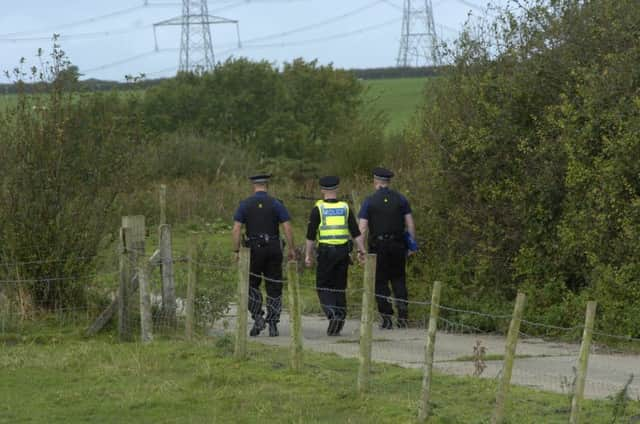Idyllic image of countryside life '˜masks pockets of real hardship'


The study, from the Local Government Association (LGA) and Public Health England (PHE), says people living in rural areas face serious barriers to ensuring good health and avoiding social isolation. There are scant official statistics on the health of all people living in the countryside, while the pervading view tends to be that people are wealthy, it said.
But there is “real hardship” in some regions, including small seaside towns with a “bedsit economy”, former mining communities and areas where there is a high degree of seasonal work, the report said.
Advertisement
Hide AdAdvertisement
Hide AdIzzi Seccombe, chairwoman of the LGA’s community wellbeing board, said: “We often think of rural areas as picture-postcard scenes of rolling green fields and farming land, yet this idyllic image is masking pockets of deprivation and poor health.”
Almost one in seven rural households live in relative poverty after housing costs are taken into account, while more rural households experience fuel poverty than urban ones. Poorer public transport links also have a “significant impact” on people’s daily lives and access to services, including public health and care facilities.
Some 20 per cent of rural dwellers live more than 2.5 miles from a GP surgery, compared with two per cent of people in urban areas. Meanwhile, 45 per cent live more than five miles from a hospital, compared with three per cent in towns and cities. People are also increasingly isolated and lonely, which affects health.
A Government spokesman said: “We want everyone to get high quality health care regardless of where they live.”